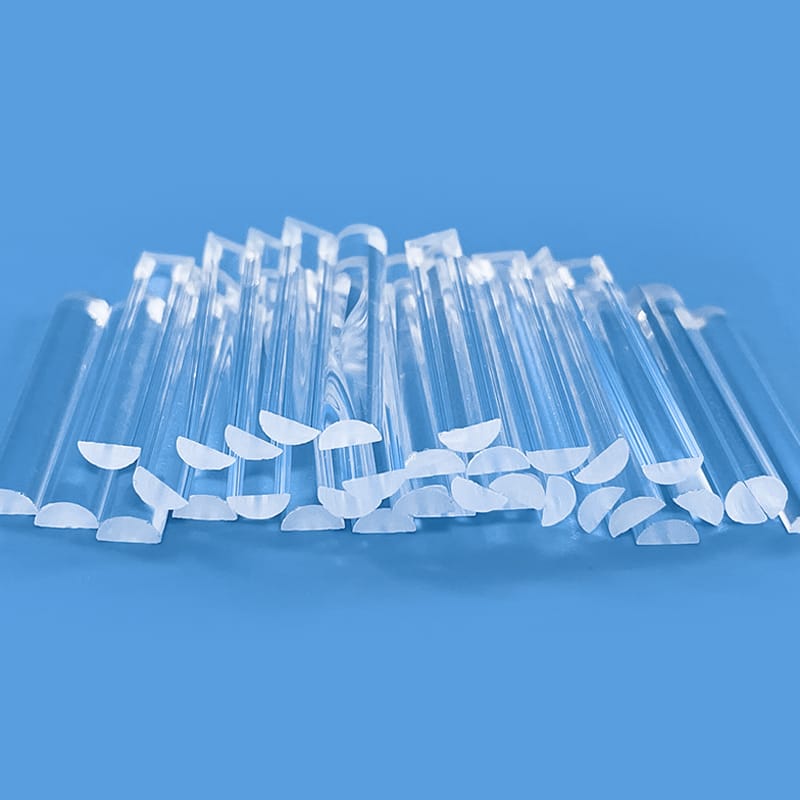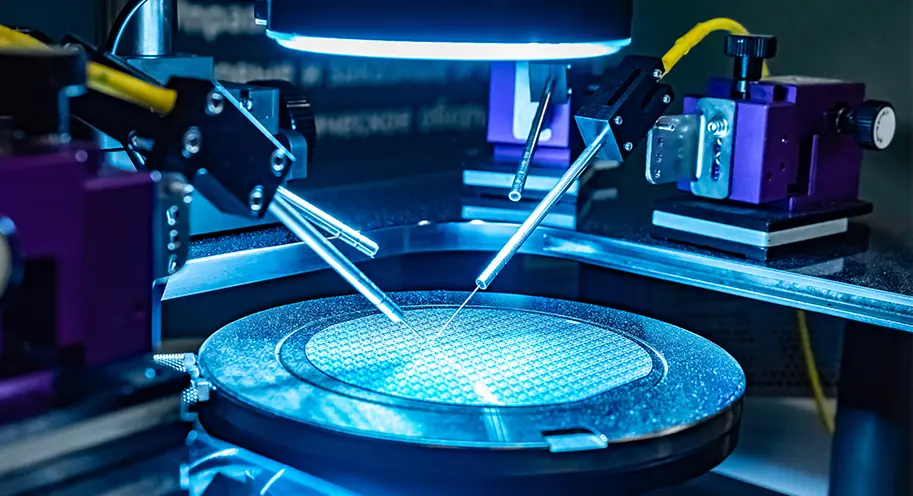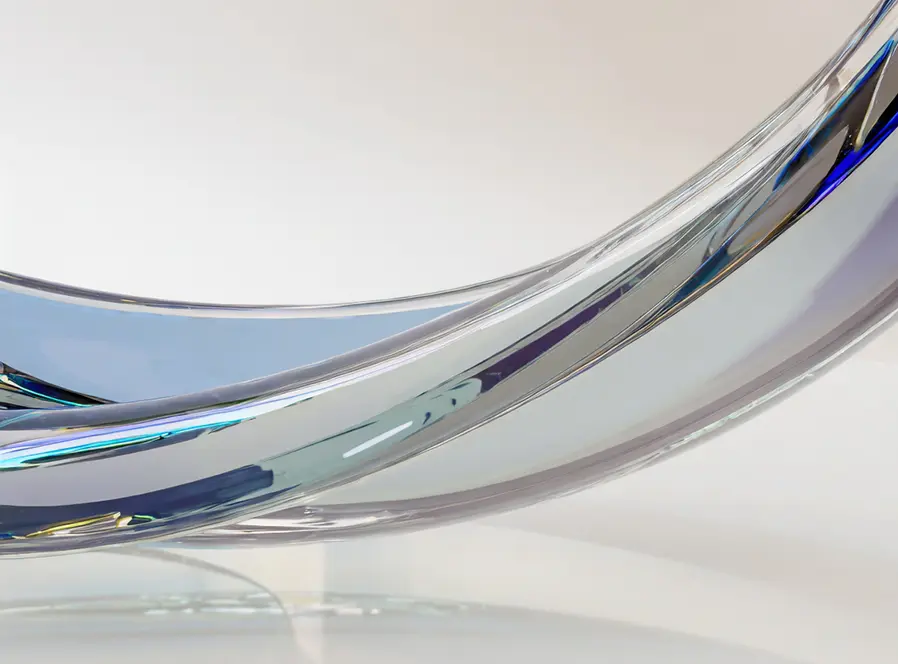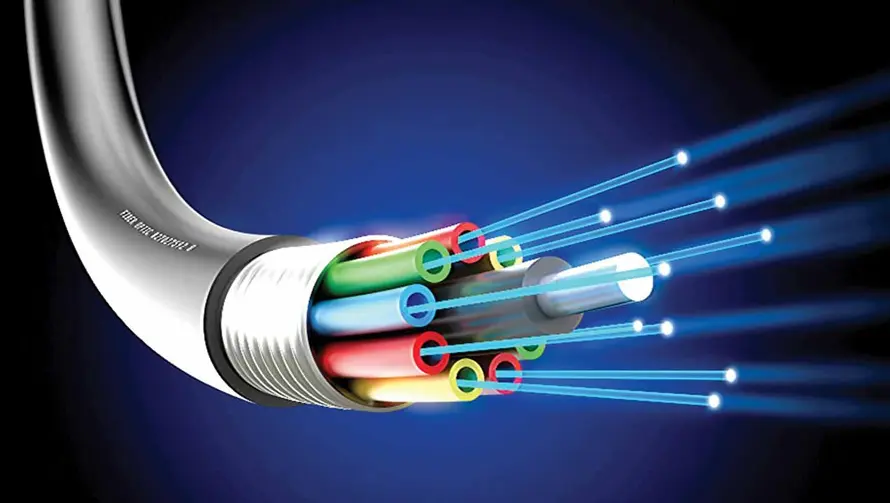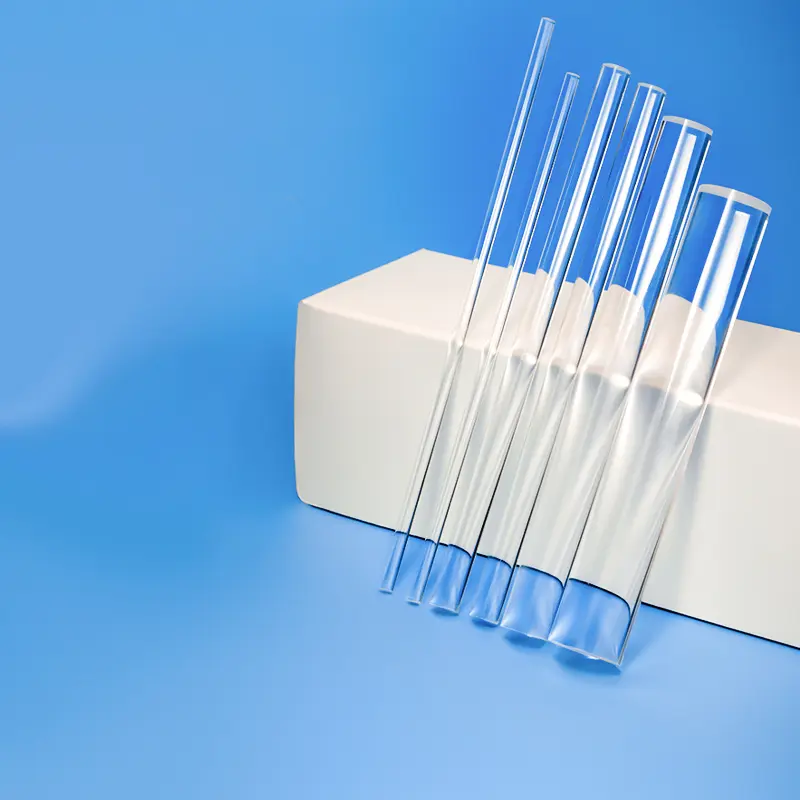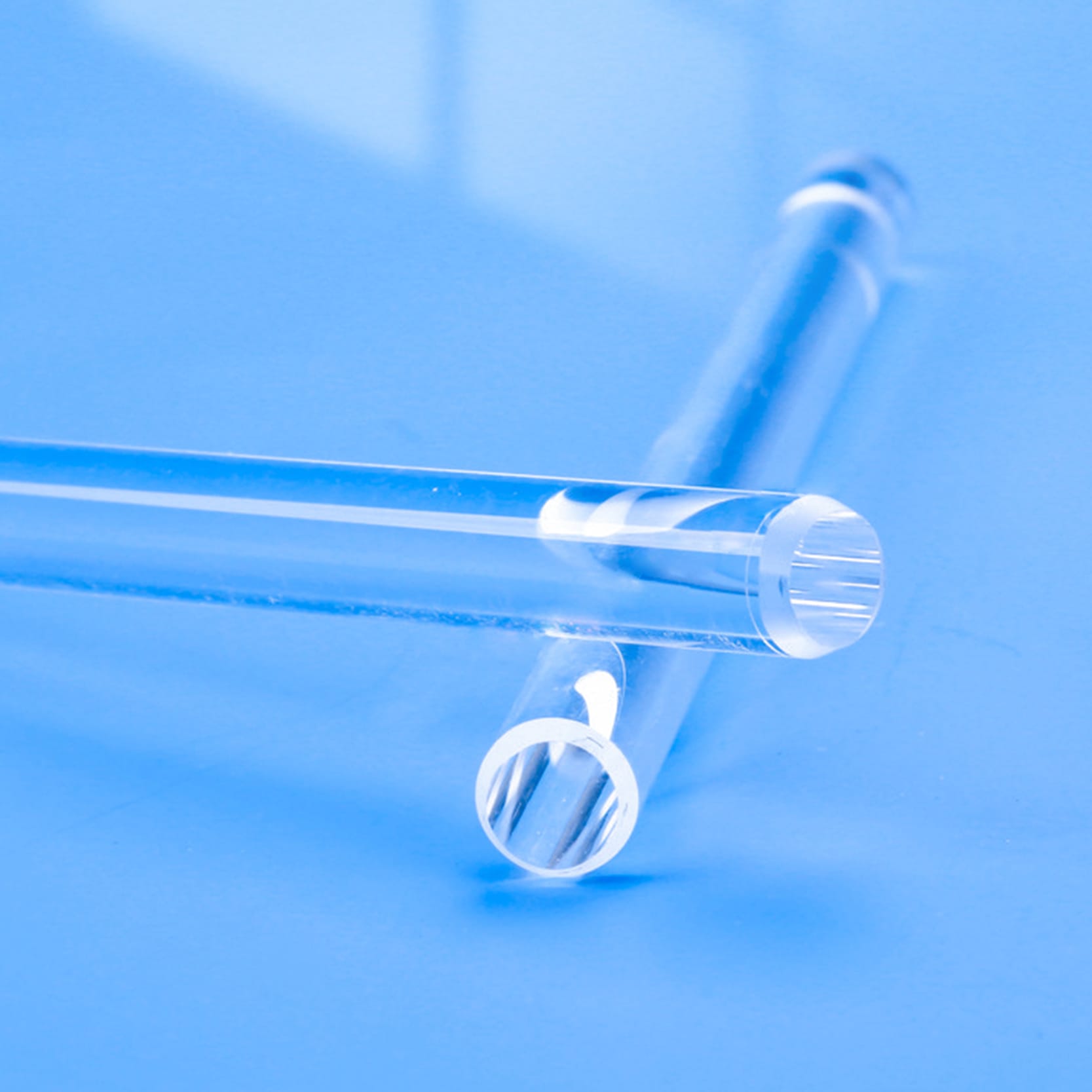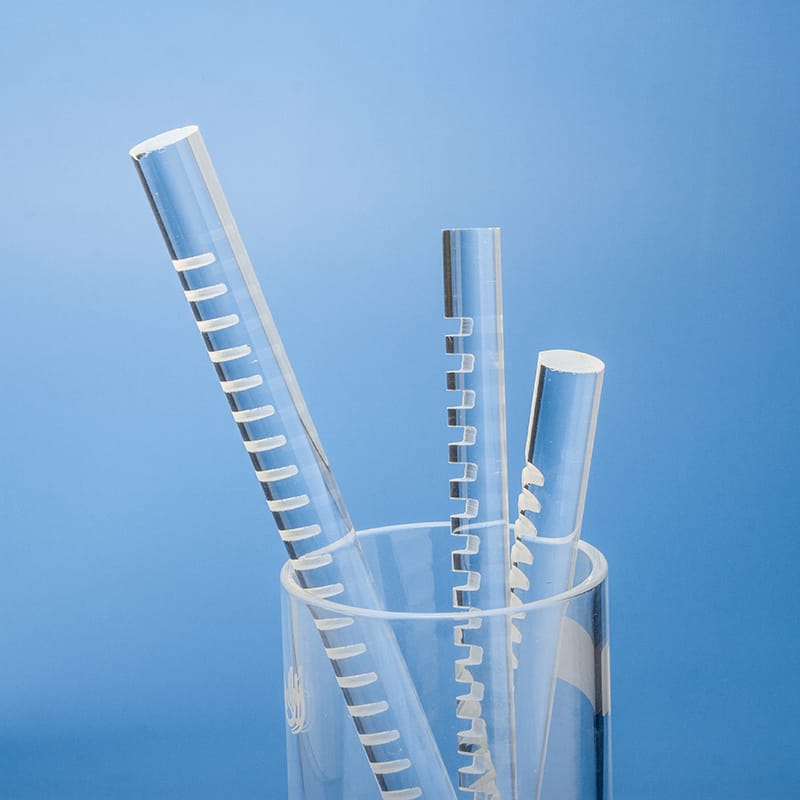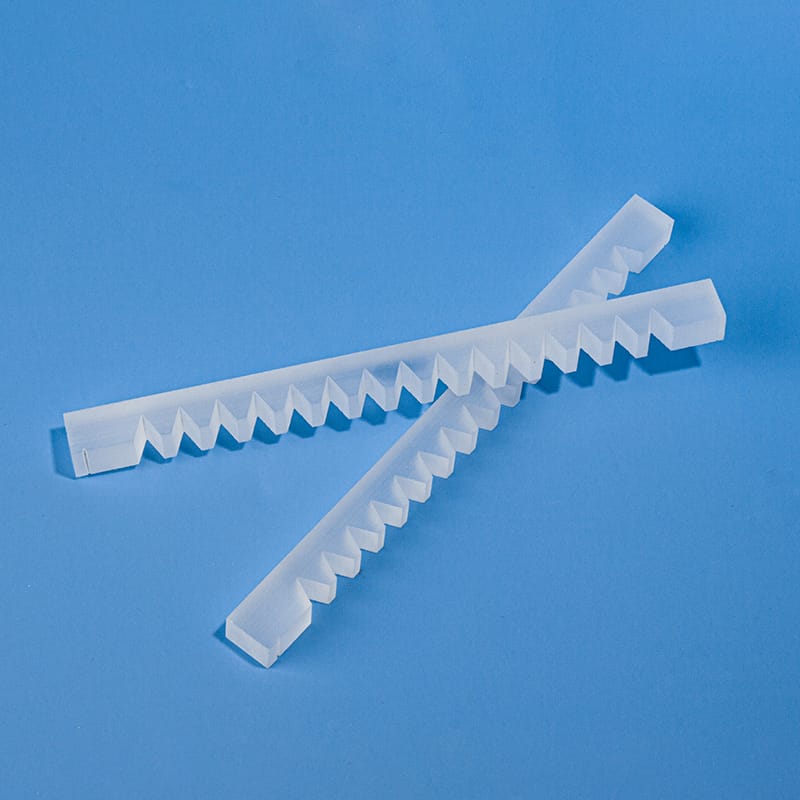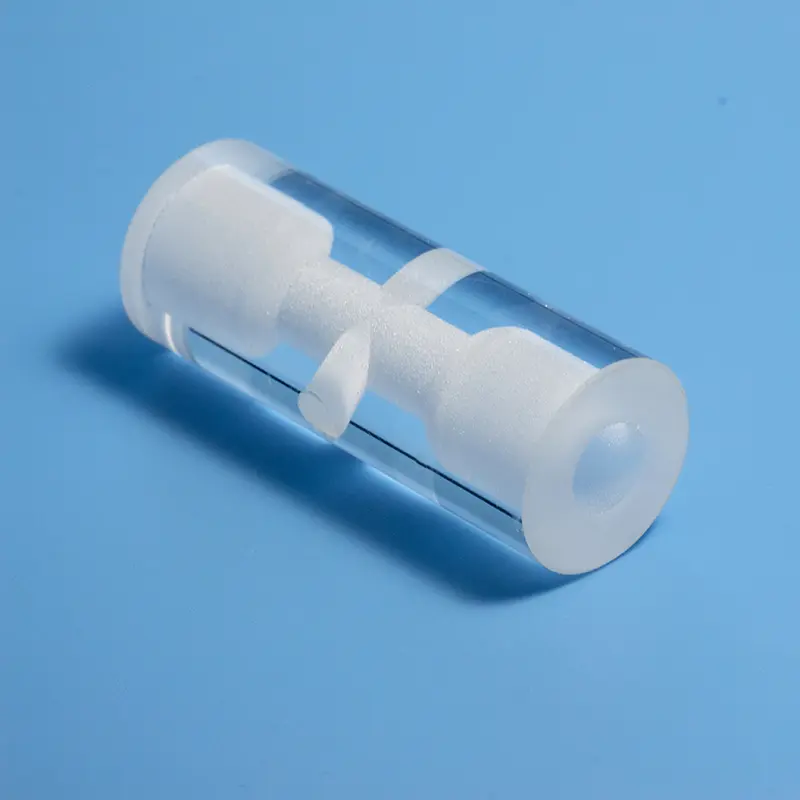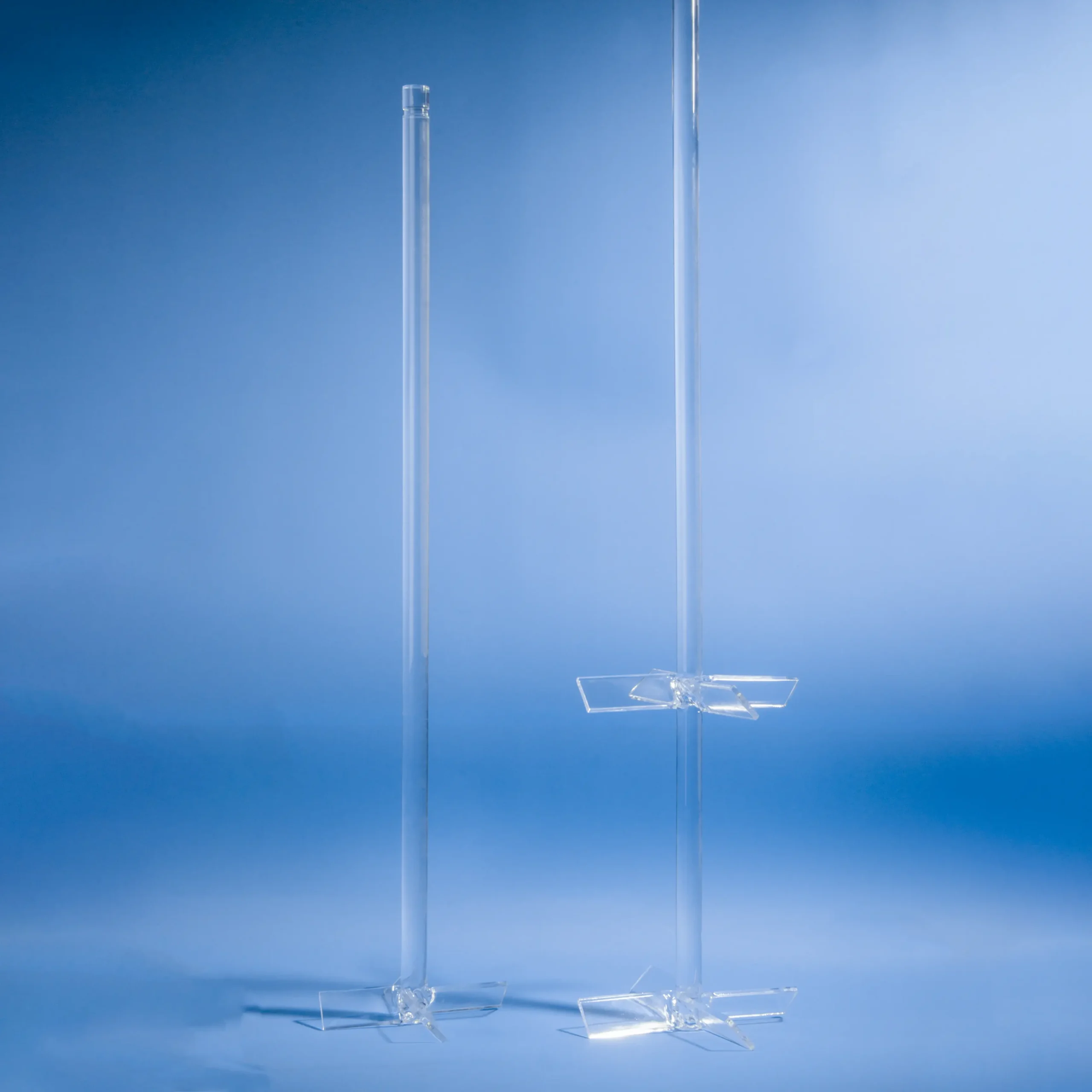Nos tiges semi-rondes en quartz de haute pureté et barres demi-lune en silice fondue offrent une stabilité thermique, une résistance chimique et une clarté optique exceptionnelles. Idéales pour les applications semi-conductrices, optiques et industrielles à haute température, ces composants de précision sont disponibles avec des dimensions personnalisées.
| Diamètre | Longueur |
|---|---|
| 10mm | 300mm |
| 10mm | 600mm |
| 12mm | 300mm |
| 12mm | 600mm |
| 14mm | 300mm |
| 14mm | 600mm |
| 15mm | 300mm |
| 15mm | 600mm |
| 15mm | 1000mm |
| 16mm | 300mm |
| 16mm | 600mm |
| 16mm | 1000mm |
| 16mm | 1200mm |
| 18mm | 300mm |
| 18mm | 600mm |
| 18mm | 1000mm |
| 18mm | 1200mm |
| 20mm | 300mm |
| 20mm | 600mm |
| 20mm | 1000mm |
| 20mm | 1200mm |
| 22mm | 300mm |
| 22mm | 600mm |
| 22mm | 1000mm |
| 22mm | 1200mm |
| 25mm | 300mm |
| 25mm | 600mm |
| 25mm | 1000mm |
| 25mm | 1200mm |
| 28mm | 300mm |
| 28mm | 600mm |
| 28mm | 1000mm |
| 28mm | 1200mm |
| 30mm | 300mm |
| 30mm | 600mm |
| 30mm | 1000mm |
| 30mm | 1200mm |
| 32mm | 300mm |
| 32mm | 600mm |
| 32mm | 1000mm |
| 32mm | 1200mm |
| 35mm | 300mm |
| 35mm | 600mm |
| 35mm | 1000mm |
| 35mm | 1200mm |
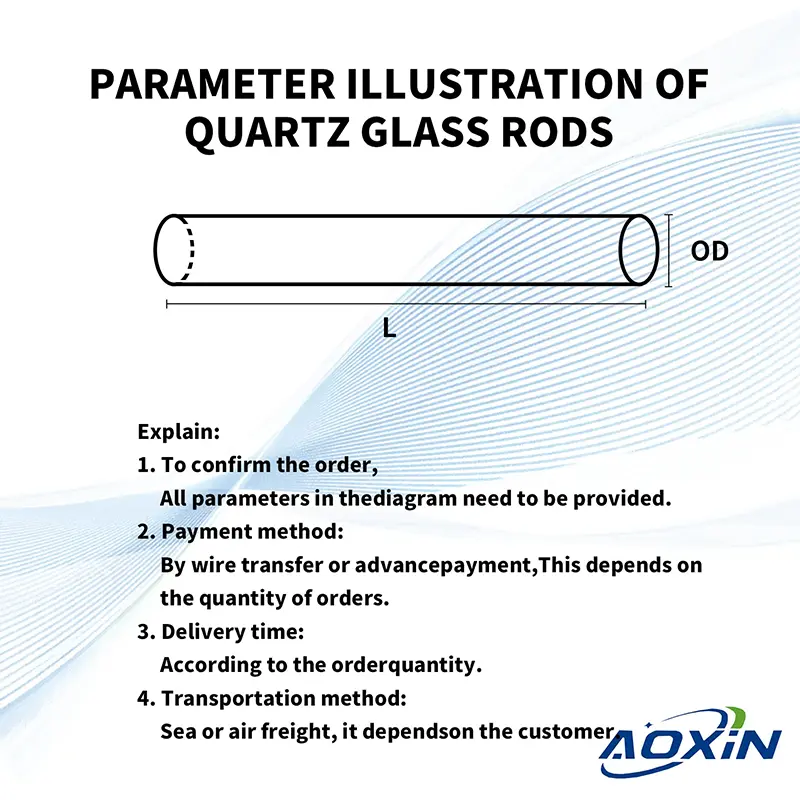
Remarques:
Pour confirmer la commande,
Les paramètres suivants sont requis :
① Diamètre extérieur ② Longueur ③ Quantité
- Méthode de paiement :
Par T/T ou prépaiement
Cela dépend de la quantité de la commande. - Delivery time:
According to the order quantity. - Méthode d'expédition :
Par mer ou par air
Cela dépend du client.
| Contenu des propriétés | Valeurs des propriétés |
|---|---|
| SiO2 | 99.99% |
| Densité | 2,2×10³ kg/cm³ |
| Dureté | Dureté Mohs de 5,5 à 6,5; Dureté Knoop 570 (sous une charge de 100g) |
| Résistance à la traction | 4,8 × 10⁷ Pa (48 N/mm² ou 48 MPa); 7 000 psi |
| Résistance à la compression | >1.1×10⁹ Pa (160,000 psi) |
| Coefficient de dilatation thermique | 5.5×10⁻⁷ cm/cm·°C (20°C-320°C) |
| Conductivité thermique | 1,4 W/m-°C |
| Chaleur spécifique | 670 J/kg-°C |
| Point de ramollissement | 1730°C (3146°F) |
| Point de recuit | 1210°C (2210°F) |
| Point de contrainte | 1120°C (2048°F) |
| Température de travail | 1200°C (2192°F) |
| Résistivité électrique | 7×10⁷ ohm cm (350°C) |
| Taille | Sur mesure |
| Logo | Personnalisation du logo disponible |
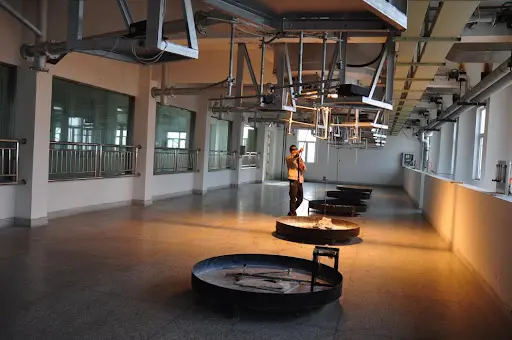
Il existe deux principales méthodes de production de tiges en quartz : la méthode continue et la méthode de fusion à la flamme (également connue sous le nom de méthode de fusion gazeuse).
Méthode continue: Dans cette méthode, le sable de quartz est alimenté par le haut dans un four, qui comprend un creuset en quartz métallique entouré d'éléments de chauffage électrique. Le sable de quartz fond à des températures élevées. Le matériau fondu passe ensuite à travers un orifice de moulage au fond du creuset, produisant des tiges, des tubes, des feuilles ou d'autres formes de produits spécifiées.
Méthode de fusion à la flamme : Cette méthode consiste à utiliser de l'hydrogène et de l'oxygène pour fondre du cristal de quartz incolore. Le matériau fondu est formé en verre de quartz par la fusion et la congélation des particules cristallines dans la flamme. Le verre de quartz est ensuite retiré de la flamme par différentes méthodes et transformé en tiges de quartz de la forme souhaitée.
Haute pureté
Le principal composant des tiges semi-circulaires en quartz est le dioxyde de silicium (SiO2), ce qui entraîne une haute pureté. Cette caractéristique les rend essentiels dans les applications nécessitant des matériaux de haute pureté, comme la fabrication de semi-conducteurs.
Haute résistance à la température
Les barres semi-circulaires en quartz peuvent résister à des environnements à haute température sans déformation ni fusion, ce qui les rend excellentes pour des applications dans le traitement thermique et les fours à haute température.
Résistance à la corrosion
Ces tiges démontrent une excellente résistance à la corrosion face à une variété de substances chimiques, maintenant ainsi leur stabilité dans des environnements chimiques hostiles.
Excellentes propriétés optiques
Les tiges semi-circulaires en quartz possèdent des propriétés optiques supérieures, notamment une haute transparence et une faible absorption de la lumière, les rendant bien adaptées aux applications en communication optique et en analyse spectroscopique.
Scénario d'application
Производство полупроводников
Les tiges semi-circulaires en quartz sont utilisées dans la fabrication de semi-conducteurs comme composants ou outils de précision dans les équipements de traitement des wafers, les équipements de photolithographie et d'autres outils de processus semi-conducteurs. Elles aident à garantir un traitement et un positionnement précis des wafers.
Dans divers processus de fabrication de semi-conducteurs tels que le nettoyage, l'oxydation, la photolithographie, la gravure et la diffusion, les tiges semi-circulaires en quartz peuvent servir de supports ou d'outils auxiliaires pour garantir la stabilité et la précision du processus.
Instruments optiques
Les tiges semi-circulaires en quartz sont utilisées dans la fabrication d'instruments optiques comme substrat pour des composants optiques tels que des lentilles et des prismes. Leurs excellentes propriétés optiques permettent la réfraction, la réflexion et la division du faisceau lumineux.
Ils jouent également un rôle important dans les équipements optiques tels que les spectromètres et les caméras thermiques.
Laboratoire et recherche scientifique
Dans les laboratoires, les tiges semi-circulaires en quartz sont souvent utilisées dans les expériences chimiques et l'analyse spectroscopique comme baguettes de mélange ou composants de récipients de réaction en raison de leur stabilité chimique et de leur inertie envers la plupart des substances chimiques.
Dans la recherche scientifique, ils sont utilisés dans des instruments de mesure et d'analyse de haute précision pour garantir l'exactitude et la fiabilité des résultats expérimentaux.
Autres domaines
Les tiges semi-circulaires en quartz sont utilisées pour fabriquer des pièces mécaniques comme des manomètres et des instruments de haute précision utilisés dans des environnements à haute température et haute pression.
Dans les communications par fibre optique, ils peuvent faire partie de la préforme de fibre optique, qui est transformée en fibres optiques grâce à des techniques spécifiques.
Le processus de fabrication des tiges de quartz implique principalement la fusion de sable de quartz en préformes de quartz creuses à l'aide d'une flamme plasma. Ces préformes sont ensuite usinées mécaniquement à froid pour produire des tubes en quartz à paroi épaisse. Enfin, une technologie de modelage secondaire sans contact par induction à fréquence moyenne est utilisée pour produire les tiges de quartz. Ce processus méticuleux garantit que les tiges de quartz possèdent une haute pureté, une faible teneur en hydroxyle, une grande précision dimensionnelle et une finition de surface supérieure, exempte de défauts.
Dans l'industrie électronique, les tiges en quartz sont principalement utilisées comme substrats pour les matériaux semi-conducteurs et comme bases pour les composants électroniques. Leur excellente isolation électrique et leur stabilité thermique les rendent idéales pour une utilisation dans des circuits haute fréquence et des capteurs, ainsi que dans d'autres dispositifs électroniques de haute précision. Les tiges en quartz sont également cruciales pour la production de photomasques et de puces en verre, qui sont essentielles pour améliorer les performances des dispositifs électroniques.
Les barres en quartz présentent un coefficient de dilatation thermique extrêmement faible et une excellente résistance aux chocs thermiques.
Questions fréquemment posées
Nous sommes spécialisés dans la fabrication intégrée de composants en verre de quartz de haute pureté. Nos principales gammes de produits comprennent :
Tubes et barres de quartz: Une large gamme de diamètres et de spécifications.
Plaques et disques de quartz: Découpés et polis avec précision pour usages optiques et industriels.
Verrerie de laboratoire en quartz: Une gamme complète de verrerie standard et sur mesure, incluant béchers, fioles et nacelles.
Quartz de qualité semi-conducteur: Composants de haute pureté tels que les tubes de traitement et les porteurs pour la fabrication de semi-conducteurs.
Composants fabriqués sur mesure: Nous pouvons produire des pièces complexes adaptées à vos conceptions et spécifications uniques.
Oui. La fabrication sur mesure est au cœur de notre activité. Forts de plus d'une décennie d'expérience spécialisée, nous nous associons à des entreprises pour leur offrir des services OEM/ODM experts. Nos capacités incluent le soudage, la rectification, le perçage, le polissage, le pliage et d'autres techniques d'usinage de précision, afin de créer des composants qui répondent précisément à vos exigences.
La qualité est primordiale dans notre processus de fabrication. Nous sommes un fabricant certifié ISO 9001:2015, garantissant que nos processus répondent aux normes internationales de gestion de la qualité.Nos produits subissent également des tests SGS rigoureux pour leur pureté et leurs performances. Nous utilisons des matières premières de haute pureté (jusqu'à 99,998% de SiO2) pour produire des articles en quartz fondu et en silice fondue dotés d'une stabilité thermique exceptionnelle, d'une résistance aux températures élevées et d'une inertie chimique.
Nous avons rationalisé notre processus pour qu'il soit le plus efficace possible :
Soumettez votre demande de devis (RFQ) : Envoyez-nous vos dessins techniques, spécifications et exigences via notre formulaire de contact sur le site web ou par e-mail.
Réponse rapide : Vous pouvez vous attendre à une première réponse en quelques minutes et à une communication détaillée dans la demi-heure.
Conception & Proposition : Nous vous soumettrons une proposition de conception détaillée et un devis compétitif sous 24 heures.
Prototypage & Production : Dès approbation, nous passons rapidement du prototypage à la production à grande échelle afin de respecter vos délais.
Un partenariat avec Aoxin Quartz offre plusieurs avantages clés :
Expertise avérée : Avec plus de 10 ans d'expérience dans l'industrie, nous possédons les connaissances techniques nécessaires pour relever les défis complexes.
One-Stop Solution: We manage the entire production process, from sourcing high-purity raw materials to fabricating and finishing complex components.
Valeur compétitive : Situés dans un pôle majeur de production de quartz, nous tirons parti d'une chaîne d'approvisionnement efficace et d'une fabrication avancée pour offrir une qualité exceptionnelle à un prix compétitif.</span
Dedicated Partnership: Over 90% of our clients become long-term partners. We are committed to your success through responsive service, reliable quality, and innovative solutions.

